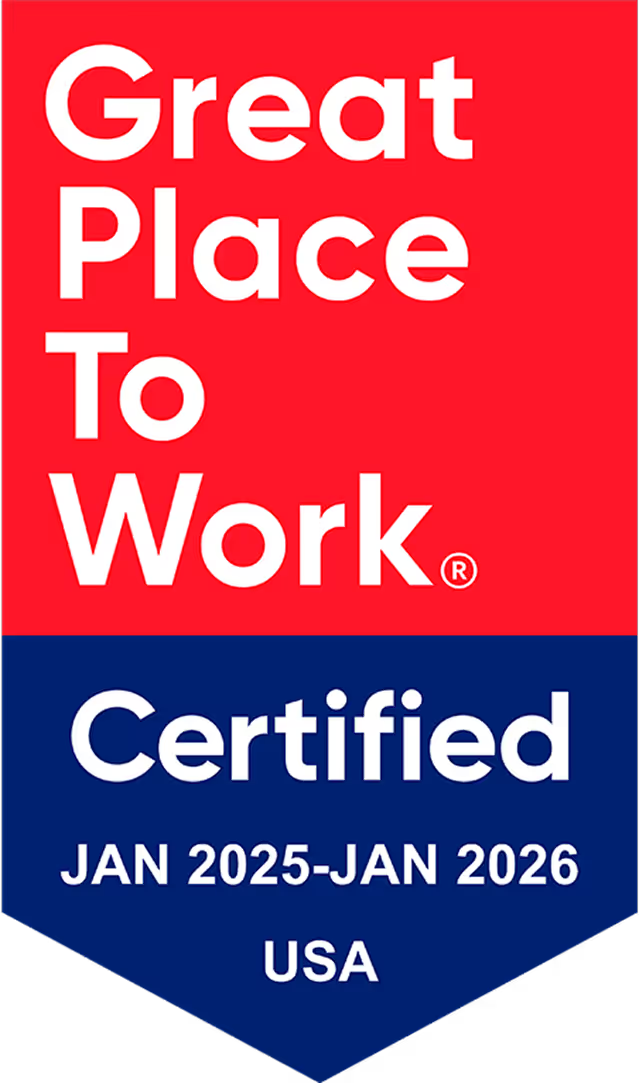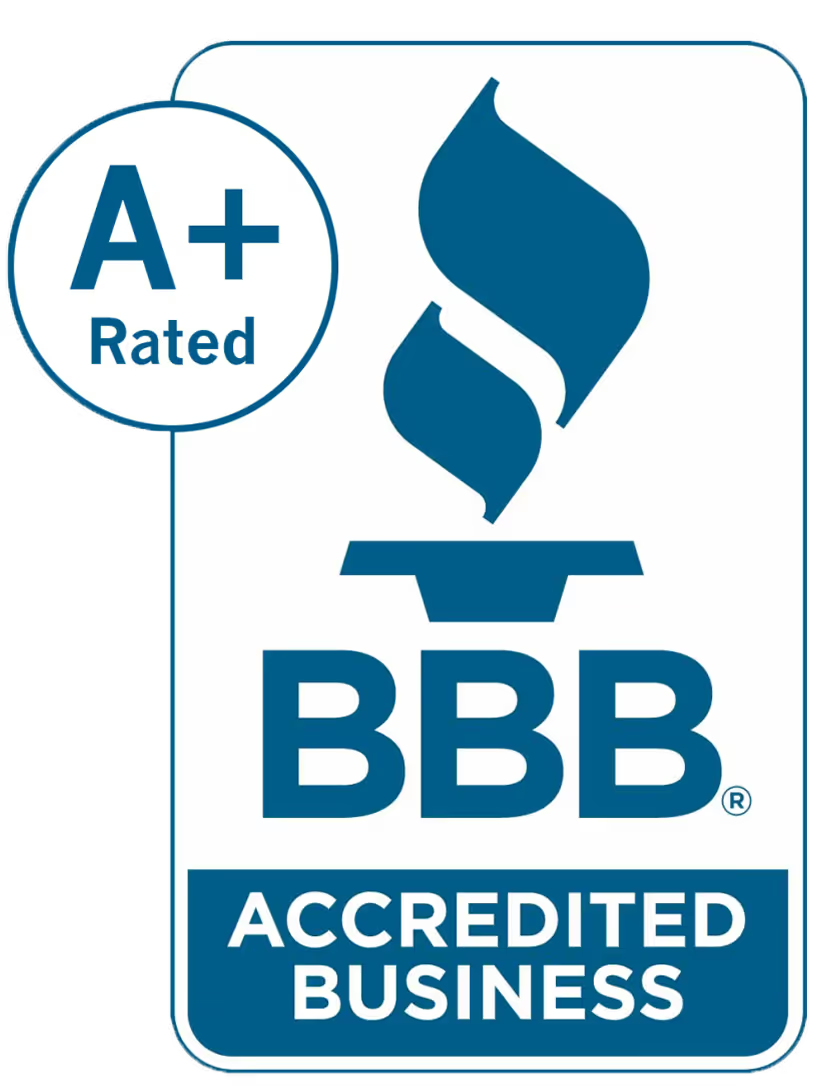Understanding AB 130: New Rules for HOA Fines
AB 130 Is Here: What California HOAs Need to Know About the New Fine Restrictions
The HOA landscape in California changed overnight with the passage of AB 130, a sweeping piece of legislation that places new limits on how community associations can issue fines. The law was tucked into the state’s budget bill, passed without hearings, and became effective immediately on July 1, 2025—leaving many HOAs scrambling to understand what it means for their enforcement powers.
In a special edition of The Uncommon Area, Matthew Holbrook speaks with HOA attorney Steve Tinnelly, Managing Partner of Tinnelly Law Group, to break down what this law means in real terms.
The $100 Fine Cap
At its core, AB 130 limits fines to $100 per violation. That alone is a major shift, especially for communities that relied on escalating fines to encourage compliance. Gone are the days of issuing $500 or $1,000 fines to habitual rule-breakers—at least not without meeting very specific conditions.
“The idea is to increase the affordability of homes by insulating homeowners from ungodly fine amounts,” said Tinnelly. “But what it’s really done is gutted the enforcement authority of associations.”
A Complex “Opportunity to Cure”
The law also requires that homeowners be given an opportunity to “cure” a violation before a fine can be imposed. Sounds simple—but the ambiguity creates a compliance minefield. If someone parks illegally but moves their car the day before a hearing, have they cured the violation? What about short-term rentals that temporarily stop?
Even attorneys are interpreting this differently. As Tinnelly explained, “We had 15 attorneys in a room trying to agree on what this law means—and we couldn’t. Now imagine volunteer board members trying to figure this out.”
Health and Safety Exceptions
Not all fines are capped. AB 130 allows boards to issue higher fines if a violation may result in an adverse health or safety impact. But to do so, boards must adopt written findings in an open meeting, specifying which violations fall under this category.
Common examples might include:
- Short-term rentals (due to transient guests, unfamiliarity with community rules, etc.)
- Loud parties in high-rises that disturb sleep
- Hazardous maintenance conditions on private property
“The word ‘may’ is key,” said Tinnelly. “It doesn’t have to result in a safety issue—just the potential is enough, if you document it properly.”
What HOAs Should Do Now
Tinnelly recommends that every HOA in California:
- Review and revise fine policies to comply with the $100 cap.
- Adopt a resolution listing health and safety violations with associated fine caps.
- Ensure due process: 10-day notice before hearings, written decisions within 14 days, and cure periods.
- Avoid budgeting for fines. Relying on fines for revenue is both legally and ethically problematic.
If there’s one thing this law makes clear, it’s that HOAs need to shift from informal enforcement to a procedurally airtight approach.
Final Thoughts
AB 130 may have been passed with good intentions, but it has introduced confusion, risk, and cost into HOA governance. The path forward requires proactive planning, clear documentation, and likely more engagement with legal counsel.
“It’s not about collecting money,” said Tinnelly. “It’s about compliance. And if fines don’t get the job done, boards need to escalate—legally.”
Other Resources
Check out some of our other helpful episodes:
https://www.actionlife.com/can-hoas-take-away-free-speech-ep-69/
https://www.actionlife.com/sb326-your-hoas-structural-wake-up-call-ep-68/














